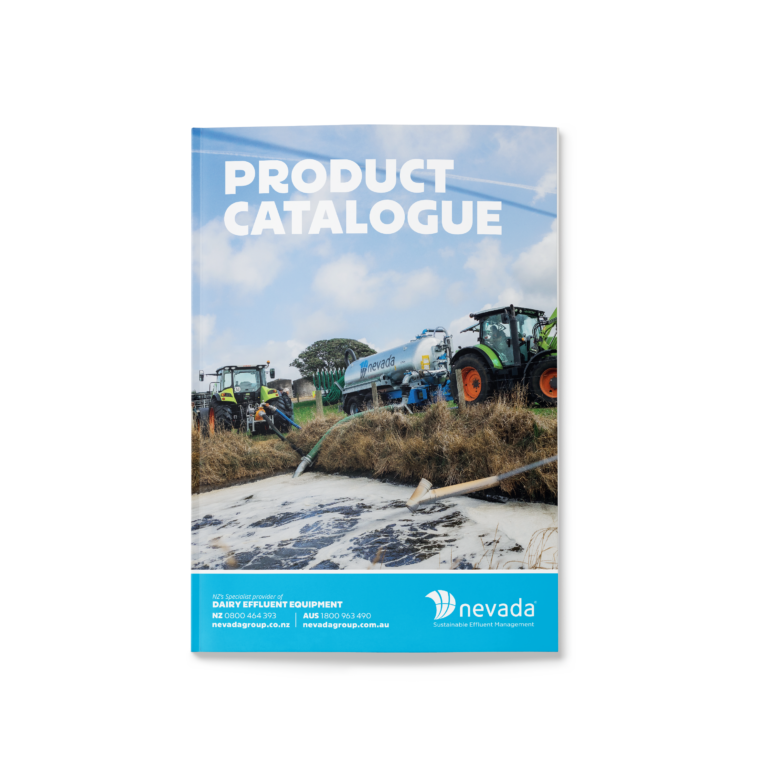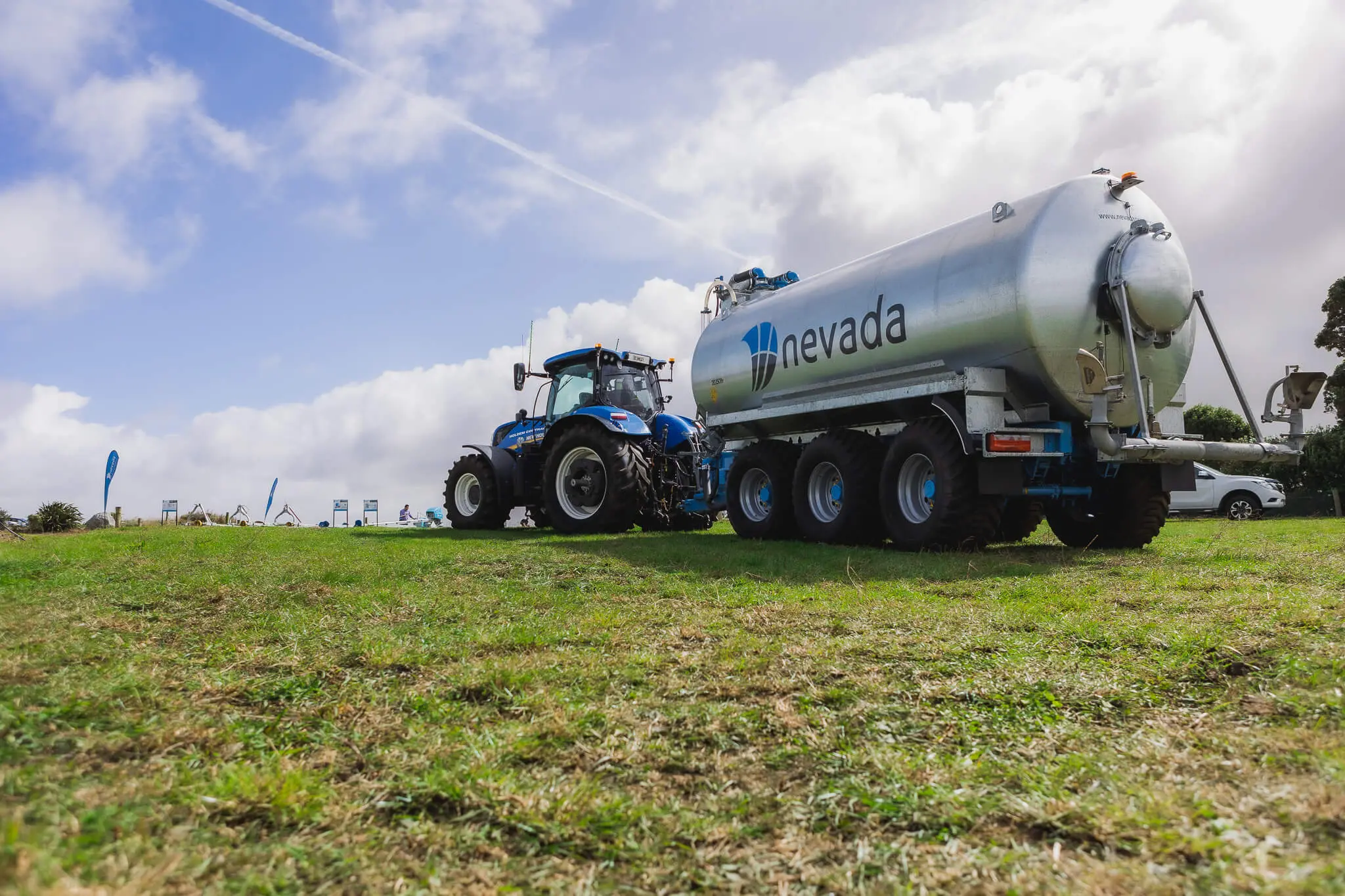- Sustainable Effluent Management
Make sure you’ve got PLENTY of effluent storage. Without adequate storage you’re forced to spread frequently. Having a pond with plenty of storage, or a bladder tank available means you can defer irrigation and utilise staff better.
Expanding or installing more storage doesn’t have to be a big deal. A simple solution can be setting up an effluent bladder tank for additional storage. This is a popular option for farms who rely on a sump for storage. Storing enough effluent to spread over a whole paddock at once makes the spreading process more efficient with a better utilisation of staff resources. Not only can the bladder be used to store effluent until spreading is appropriate, but the additional storage capacity will mean the farm should pass council compliance without the need for consent.
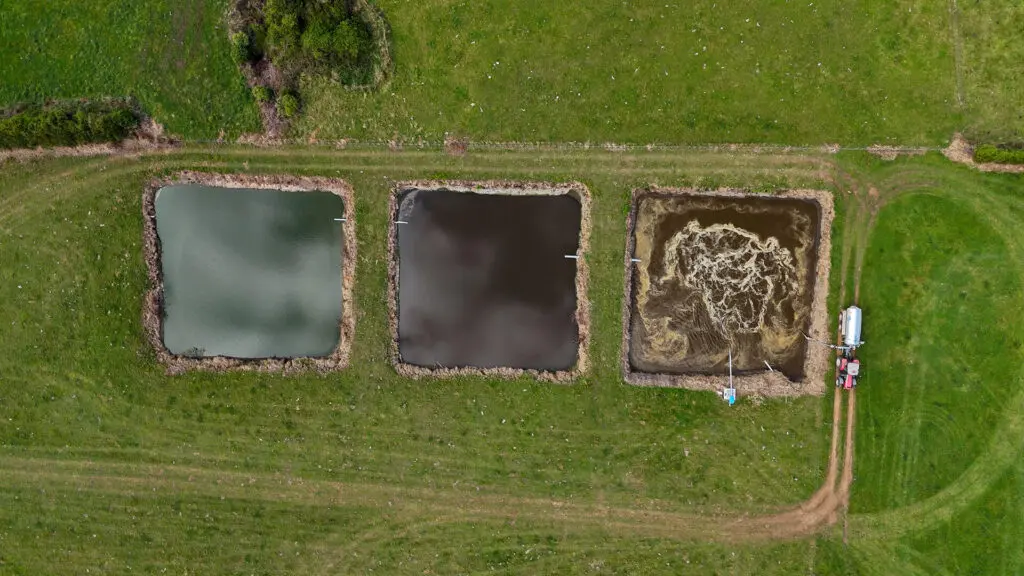
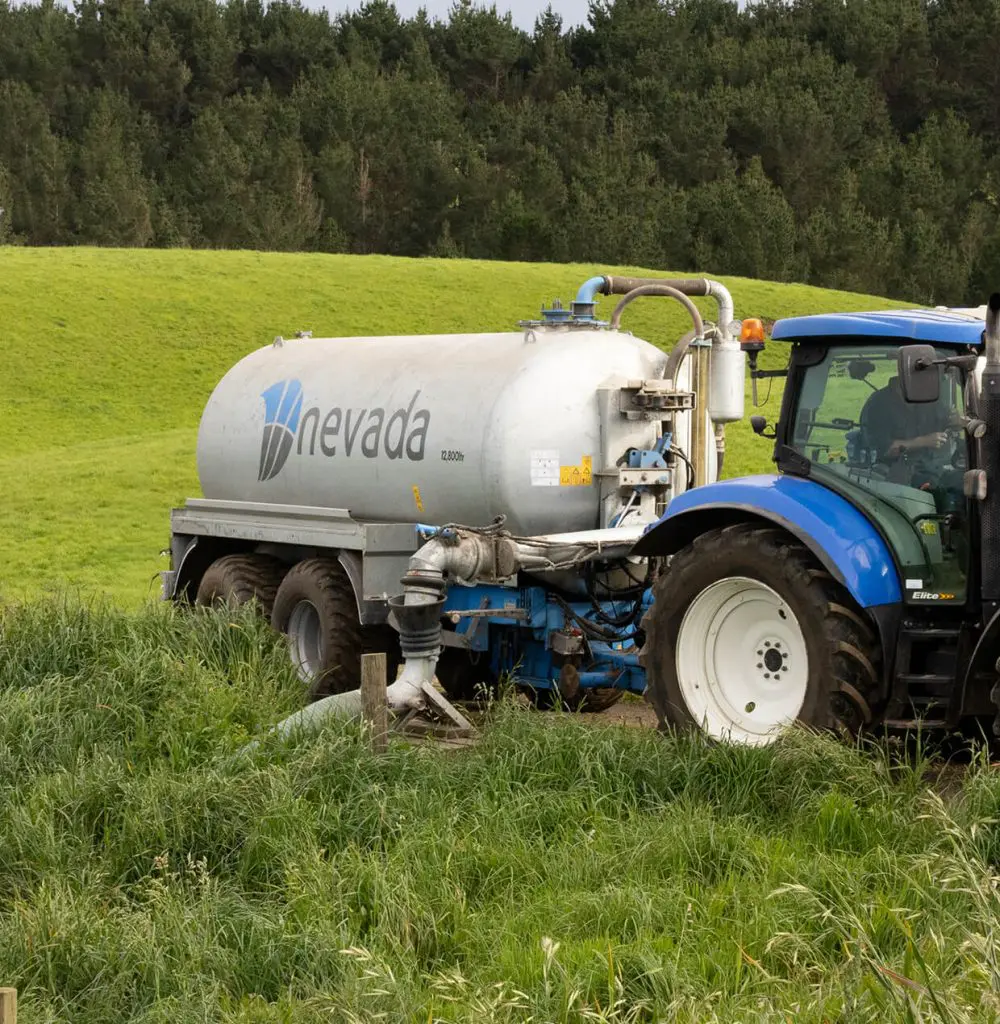
Invest in effluent equipment that is easy to use. Not only does this make the job more enjoyable for staff, but equipment requiring less skill means you’re not reliant on the availability of skilled or specialised staff to do the job.
A common misconception is that a pumping system is the most labour efficient option. While it can have the benefit of automated running, it does take a while to set up and requires skill to get it right. Things can go downhill fast if the system isn’t set up properly, and it can get worse if there’s not someone who knows how to fix it nearby.
Feedback from farmers who have a pumping system as well as a slurry tanker (with auto-fill) is that the slurry tanker is easier to use, faster to set up, and staff prefer it.
If you’re using a drag hose system, adding a remote diverter can turn a 2 person job into a 1 person job – that’s a 50% labour saver! The remote diverter allows the user to divert effluent right from the tractor seat without needing to drive back to the pump.
Of course, if you don’t have the resources to do it yourself, you can always contract the job out.
For farmers using contractors we would still recommend investing in your own pond stirrer. Not only will it make the contracted job more efficient (aka cost effective) if you’ve got the pond ready and stirred before they arrive, but regular stirring helps maintain the effluent biology so you’ll have better performing nutrients.
"*" indicates required fields
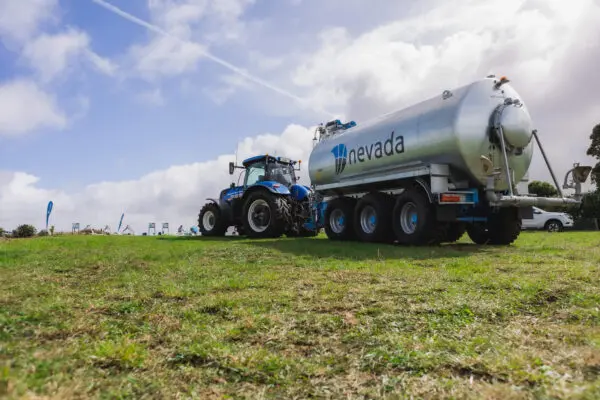
"*" indicates required fields

"*" indicates required fields

"*" indicates required fields
